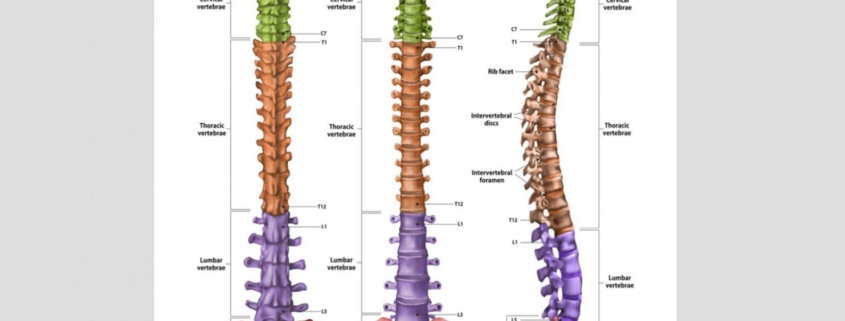The Backbone of Your Health: The Importance of a Healthy Spine
We often hear the phrase “healthy spine, healthy life,” but what does it really mean? Your spine is much more than just a column of bones; it’s the central support structure of your body, allowing you to stand tall, bend, twist, and move freely. A healthy spine is crucial for overall musculoskeletal health, impacting everything from your posture and balance to your flexibility and risk of pain.
Why is a Healthy Spine So Important?
Think of your spine as the main highway of your nervous system. It houses and protects your spinal cord, which acts as the primary communication pathway between your brain and the rest of your body. When your spine is healthy, messages flow freely, allowing for optimal movement and function.
Here’s why maintaining a healthy spine is so vital:
Pain Prevention: A healthy spine is less prone to pain, stiffness, and discomfort.
Improved Posture: Proper spinal alignment helps you stand taller and reduces strain on your muscles and joints.
Enhanced Mobility: A flexible and strong spine allows for a wider range of motion and easier movement.
Reduced Risk of Injury: A healthy spine is better equipped to withstand stress and impact, lowering your risk of injuries.
Improved Overall Health: Studies show a link between a healthy spine and improved nervous system function, which can positively impact various aspects of your well-being.
Simple Steps for a Healthier Spine
The good news is that you can take proactive steps to keep your spine healthy and strong at any age. Here are some practical tips:
1. Move Your Body, Move Your Spine:
Regular Exercise: Engage in activities that strengthen your core muscles (abdominals, back, and pelvic floor), which act as natural support for your spine. Think planks, bridges, and bird-dog exercises.
Stay Flexible: Incorporate stretching into your routine to maintain spinal flexibility. Gentle yoga, Pilates, or tai chi can be beneficial.
Avoid Prolonged Sitting: If you have a desk job, take frequent breaks to stand up, stretch, and move around.
2. Practice Proper Posture:
Be Mindful: Pay attention to your posture throughout the day, whether sitting, standing, or lifting.
Ergonomic Setup: Ensure your workspace is ergonomically sound, with your computer monitor at eye level and your chair providing adequate back support.
Lift with Your Legs: When lifting heavy objects, bend your knees and keep your back straight to avoid straining your spine.
3. Nourish Your Spine:
Calcium and Vitamin D: These nutrients are essential for strong bones, including your vertebrae. Include calcium-rich foods like dairy products, leafy greens, and fortified foods in your diet.
Healthy Weight: Maintaining a healthy weight reduces stress on your spine and joints.
Hydration: Drinking plenty of water helps keep the discs in your spine hydrated and functioning optimally.
4. Listen to Your Body:
Don’t Ignore Pain: If you experience persistent back pain, consult a healthcare professional to determine the cause and receive appropriate treatment.
Rest and Recovery: Give your body adequate rest, especially after strenuous activities, to allow your spine to recover.
Your Spine, Your Health
Taking care of your spine is an investment in your overall health and well-being. By incorporating these simple yet effective tips into your daily routine, you can maintain a healthy spine for years to come and enjoy a more active, pain-free life.
For more information on spinal health and personalized advice, schedule a consultation with one of our experienced healthcare providers.









